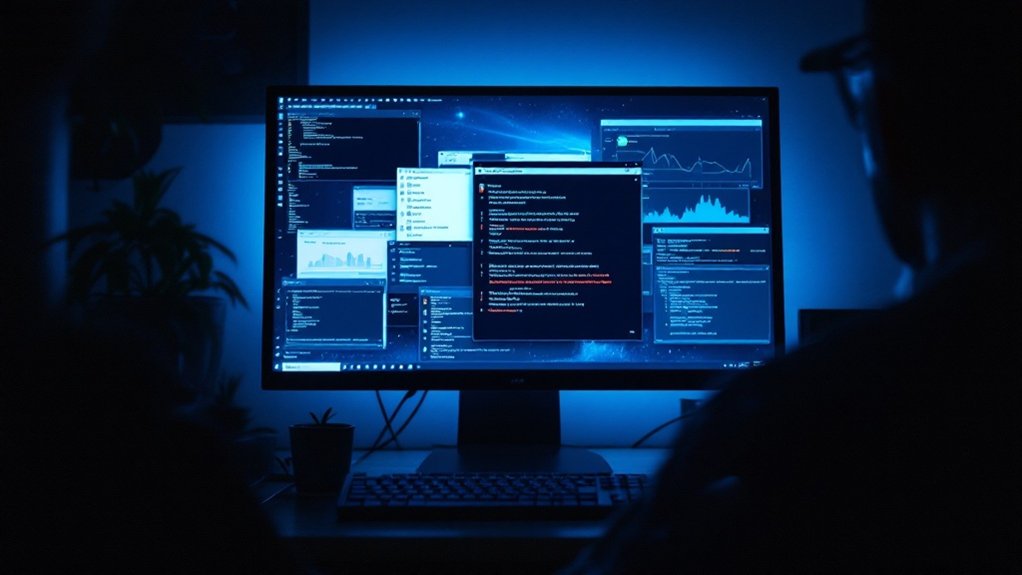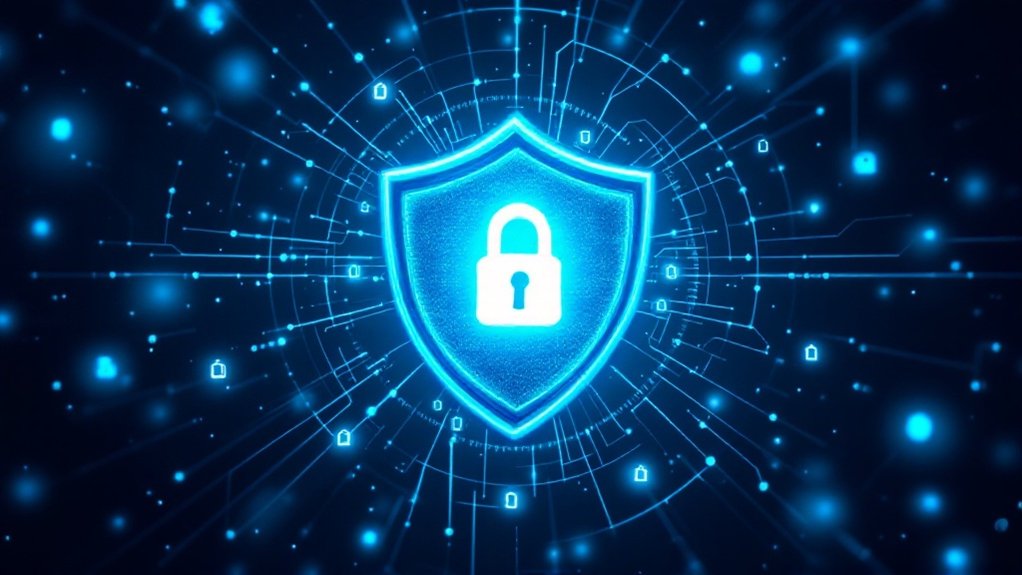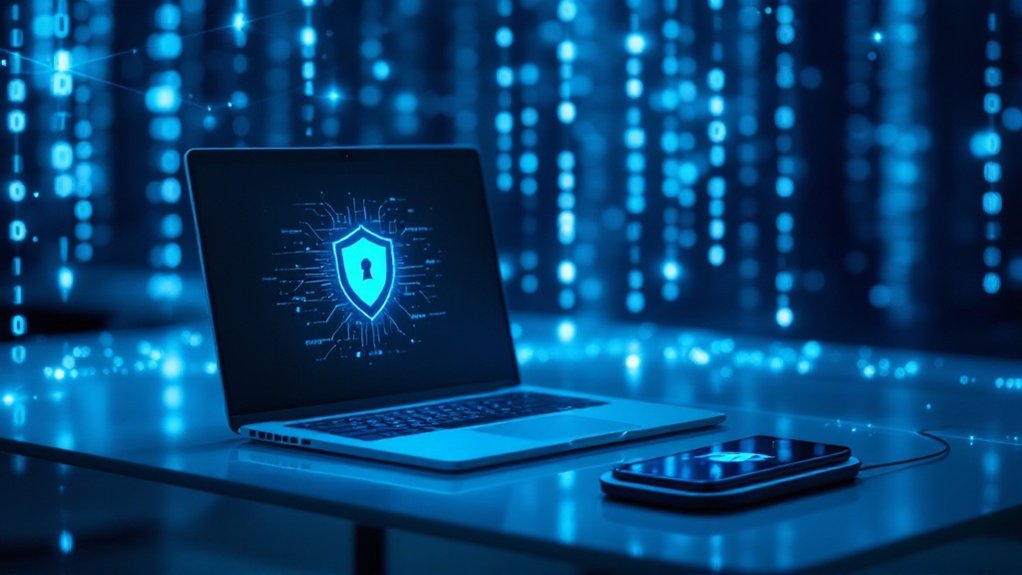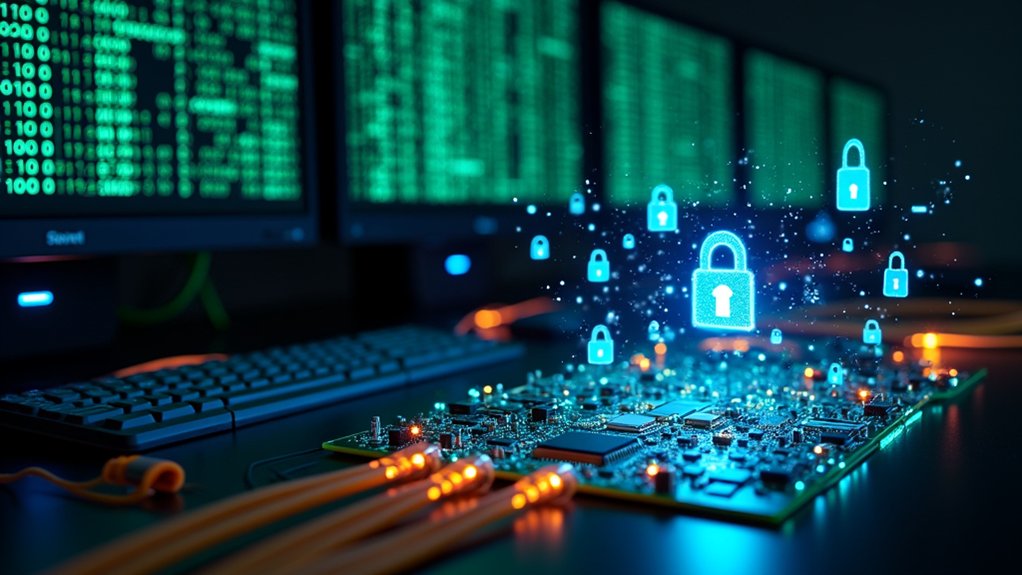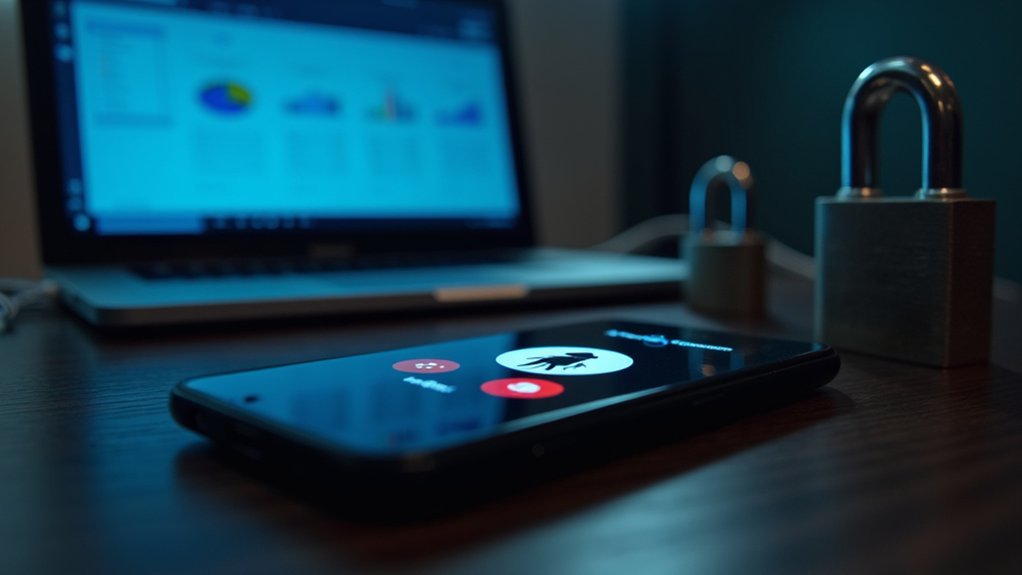Several key indicators can reveal unauthorized system access or hacking attempts. Common signs include unexpected system slowdowns, spontaneous program execution, unusual pop-up advertisements, and unauthorized password changes. Network anomalies, such as unexplained data usage spikes and modified DNS settings, often suggest malicious activity. Users should additionally watch for disabled security features, mysterious file encryption, and unfamiliar outgoing connections. Understanding these warning signs represents the first step toward thorough cybersecurity protection.
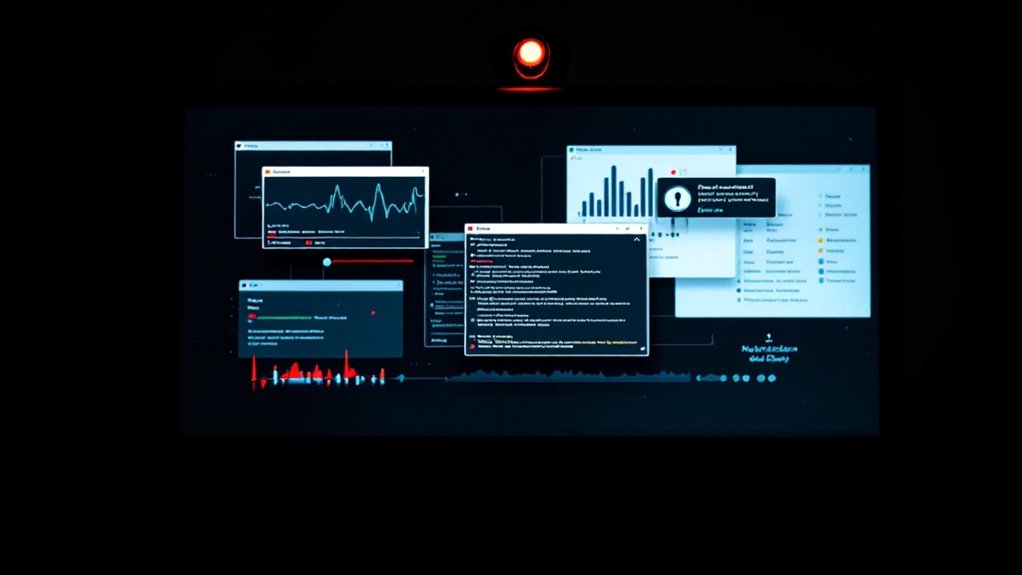
As cybersecurity threats continue to evolve at an unprecedented rate, detecting whether a system has been compromised remains a vital first step in protecting digital assets. Security experts highlight that sudden system behavioral changes often serve as the first indication of unauthorized access, manifesting through unexpected slowdowns, spontaneous program execution, or autonomous cursor movements that occur without user input. The emergence of unusual pop-up ads frequently indicates active malware operating within the system. Experts recommend monitoring device performance regularly to detect suspicious resource consumption. Running antivirus scans regularly can help identify potential security breaches early.
Network anomalies frequently signal malicious activity, particularly when users experience unexplained spikes in data usage or uncover unauthorized modifications to DNS settings. These irregularities, combined with redirected internet searches and unfamiliar outgoing network connections, strongly suggest the presence of malware or unauthorized remote access to the system.
Unexpected network patterns and DNS changes often reveal malicious intrusions, pointing to dangerous malware or unauthorized system access.
The compromise of user accounts represents another significant indicator of system breach, often revealed through unexpected password reset notifications, logins from unrecognized locations, or unauthorized financial transactions. Security professionals note that compromised accounts frequently lead to the transmission of suspicious messages to contacts, potentially spreading malware through trusted channels.
System security features exhibit distinct patterns when compromised, including disabled antivirus software, failed integrity checks, and unexpected restrictions on administrative functions. The appearance of unknown programs that bypass security measures, coupled with unauthorized modifications to startup configurations, suggests sophisticated intrusion attempts.
File system alterations serve as vital evidence of system compromise, manifesting through unauthorized software installations, mysteriously encrypted files, or modifications to browser settings and extensions. These changes often coincide with the revelation of personal information on public websites, fraudulent tax returns, or unauthorized credit inquiries.
Remote access tools deployed by attackers leave distinctive traces, including unexplained webcam activation, suspicious processes in Task Manager, and unusual registry entries. System resource consumption during idle periods, combined with unexpected remote desktop sessions, indicates potential unauthorized access.
Security experts highlight that recognizing these indicators facilitates prompt response to security breaches, potentially minimizing data loss and system damage.
Frequently Asked Questions
Can Hackers Steal My Identity Even if I Change My Passwords Regularly?
Identity theft remains possible in spite of regular password changes, as cybercriminals employ sophisticated methods beyond password cracking.
Modern hackers utilize AI-powered tools, phishing schemes, and social engineering tactics to bypass traditional security measures. Data breaches, which averaged $4.45 million in losses during 2022, expose personal information regardless of password updates.
Furthermore, biometric data theft, synthetic identity creation, and tax fraud schemes operate independently of password security.
How Long Does It Typically Take to Recover From a Cyber Attack?
Recovery from cyber attacks typically takes 3.4 weeks on average, though timelines vary considerably based on attack severity and organizational preparedness.
During 7% of businesses recover within 24 hours, 34% require more than a month to fully restore operations.
Large organizations face average downtime costs of $9,000 per minute, with total recovery expenses reaching $2.73 million.
The presence of incident response plans and clean backups can greatly reduce recovery periods.
Will My Cybersecurity Insurance Cover Damages From All Types of Hacks?
Cybersecurity insurance policies typically do not provide blanket coverage for all types of hacks.
Standard policies contain specific exclusions, particularly for incidents involving poor security practices, human error, or known vulnerabilities that weren’t addressed.
Coverage varies markedly between insurers and policy types, with limitations on first-party expenses and third-party liability claims.
Organizations must carefully review policy terms, conditions, and exclusions to understand their specific coverage scope and limitations.
Are Apple Devices Less Likely to Get Hacked Than Windows Computers?
In the course of time, Apple devices historically faced fewer cyber threats because of their smaller market share, this advantage is diminishing.
Recent data shows MacOS malware detections now outpace Windows per endpoint, with MacOS experiencing double the growth rate in threats.
Both operating systems remain vulnerable to phishing and social engineering attacks, though MacOS’s Unix-based architecture and Gatekeeper security features provide strong protection against unauthorized applications.
Should I Pay the Ransom if My Files Are Encrypted by Ransomware?
Cybersecurity experts strongly advise against paying ransomware demands, as payments offer no guarantee of data recovery and incentivize further criminal activity.
Organizations that pay ransoms face potential legal consequences, with average payments reaching $1.85 million in a 2023 study.
Alternative recovery methods, including clean backups and free decryption tools, should be prioritized.
Consulting cybersecurity professionals, utilizing data recovery software, and investigating shadow copy restoration represent more responsible approaches to ransomware mitigation.
